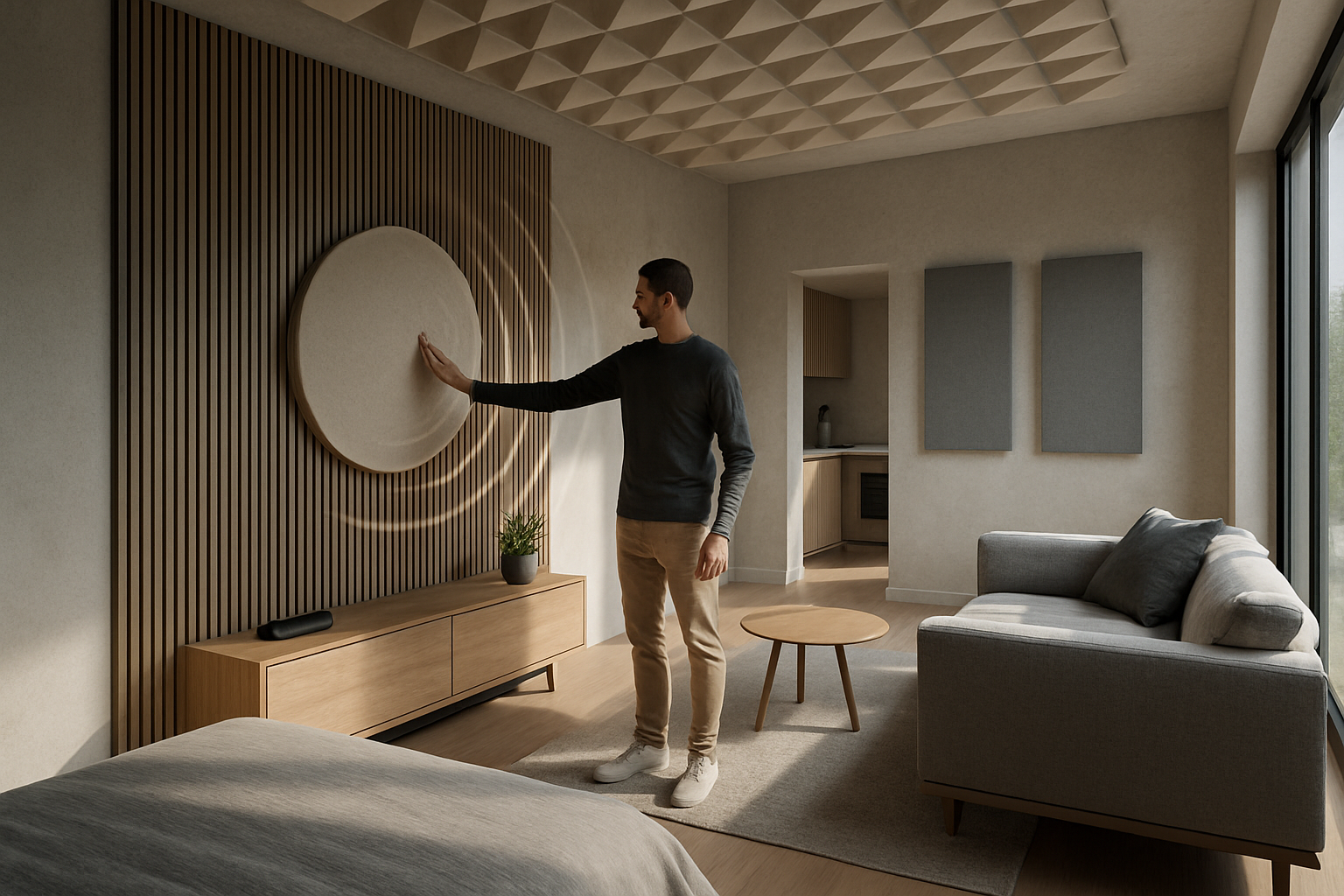Exploring the World of Modern Furniture
Modern furniture has transformed the way we design and experience our living spaces. With its clean lines, functional beauty, and innovative materials, this design movement continues to shape contemporary interiors around the globe. Understanding the principles and possibilities of modern furniture can help you create spaces that are both stylish and practical, reflecting your personal aesthetic while embracing timeless design values.

The design landscape has shifted dramatically over the past century, with modern furniture emerging as a defining element of contemporary interiors. This style prioritizes simplicity, functionality, and clean aesthetics while incorporating innovative materials and construction techniques. As homeowners seek to create comfortable yet stylish living environments, understanding modern furniture becomes essential for making thoughtful design choices.
The Evolution of Modern Furniture
Modern furniture design originated in the early 20th century as a response to ornate Victorian styles. The Bauhaus movement in Germany, Scandinavian design principles, and mid-century American innovations collectively shaped what we recognize as modern furniture today. Designers like Charles and Ray Eames, Ludwig Mies van der Rohe, and Eero Saarinen pioneered pieces that emphasized form following function. These creators rejected unnecessary decoration, focusing instead on honest materials and purposeful design. The movement gained momentum after World War II when new manufacturing techniques and materials became widely available. Today’s modern furniture continues this legacy while incorporating contemporary needs like compact living solutions and technological integration.
Key Characteristics of Modern Furniture
Modern furniture exhibits several distinguishing features that set it apart from traditional styles. Clean, straight lines dominate the aesthetic, creating visual simplicity and uncluttered spaces. Geometric shapes—rectangles, circles, and squares—form the foundation of most pieces. Functionality remains paramount, with each element serving a clear purpose rather than purely decorative intent. Neutral color palettes featuring whites, blacks, grays, and earth tones provide versatility and timelessness. Low-profile designs create an open, airy feeling in rooms, while exposed legs on sofas and chairs enhance this sense of space. Modern furniture also embraces asymmetry and unconventional forms when they serve functional or aesthetic purposes. The absence of ornamental details allows the quality of materials and craftsmanship to take center stage.
Popular Materials Used in Modern Furniture
Material selection plays a crucial role in modern furniture design, with certain substances becoming synonymous with the style. Wood remains fundamental, particularly teak, walnut, oak, and birch, often showcased in their natural finishes to highlight grain patterns. Metal components—especially stainless steel, chrome, and aluminum—provide structural support and visual contrast. Glass surfaces on tables and shelving units contribute to the open, light-filled aesthetic characteristic of modern spaces. Molded plastics revolutionized furniture production in the mid-20th century and continue to offer affordable, durable options in various colors and forms. Leather and high-quality textiles in solid colors or subtle patterns provide comfort without overwhelming visual simplicity. Engineered materials like plywood and medium-density fiberboard allow for innovative shapes and cost-effective production. The combination of these materials creates pieces that balance durability, aesthetics, and functionality.
Incorporating Modern Furniture Into Your Home
Integrating modern furniture into living spaces requires thoughtful planning and attention to overall design harmony. Start by assessing your space and identifying key functional needs before selecting pieces. Choose a cohesive color scheme that complements your walls and flooring, using furniture as either statement pieces or neutral anchors. Balance proportions carefully—modern furniture often features lower profiles that can make rooms feel more spacious. Mix materials thoughtfully, combining wood warmth with metal coolness or glass transparency. Avoid overcrowding rooms; modern design principles favor negative space and breathing room between furniture pieces. Layer lighting through floor lamps, table lamps, and pendant fixtures to highlight furniture and create ambiance. Add texture through rugs, throw pillows, and blankets to prevent spaces from feeling cold or sterile. Consider multi-functional pieces like storage ottomans or extendable tables that align with modern efficiency principles while meeting practical needs.
Sustainability in Modern Furniture Design
Environmental consciousness has become increasingly important in modern furniture manufacturing and selection. Many manufacturers now prioritize sustainable forestry practices, using wood certified by the Forest Stewardship Council or similar organizations. Reclaimed and recycled materials offer character while reducing environmental impact, with salvaged wood and repurposed metals gaining popularity. Low-VOC finishes and adhesives improve indoor air quality and reduce harmful emissions during production. Modular designs allow furniture to adapt to changing needs, extending product lifespan and reducing waste. Some companies have embraced circular economy principles, designing furniture for eventual disassembly and material recovery. Local production reduces transportation emissions while supporting regional economies and craftsmanship. Durability remains a cornerstone of sustainability—well-constructed modern furniture pieces can last decades, contrasting with disposable fast-furniture alternatives. Consumers increasingly seek transparency about sourcing and manufacturing processes, driving the industry toward more responsible practices.
Modern furniture continues to evolve while maintaining its core principles of simplicity, functionality, and honest materiality. Whether furnishing a new home or updating existing spaces, understanding the characteristics, materials, and sustainable options available helps create environments that reflect personal style while meeting practical needs. The enduring appeal of modern design lies in its ability to adapt to changing lifestyles while maintaining timeless aesthetic principles.




